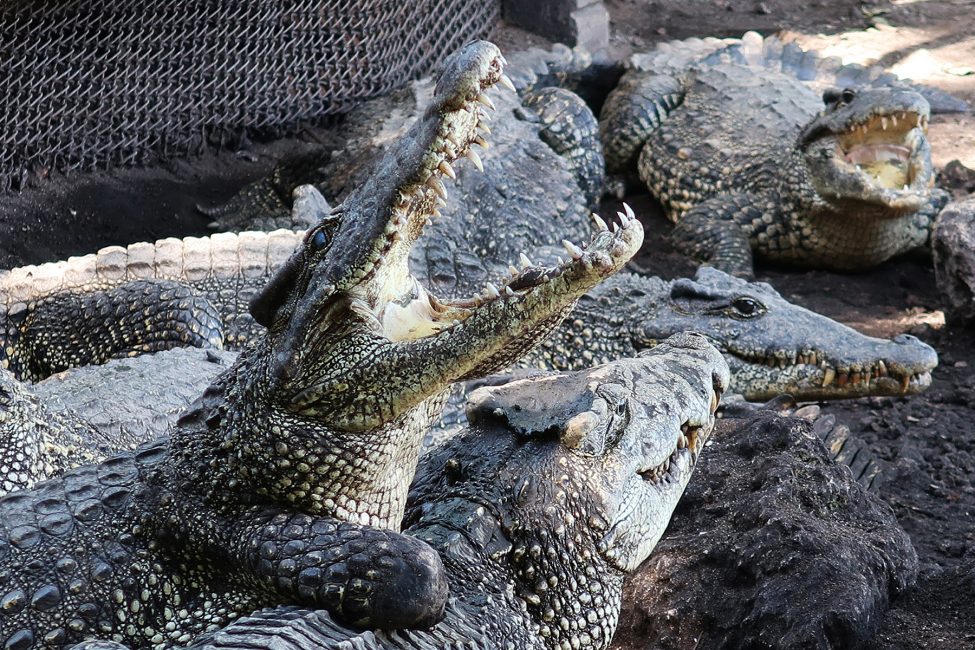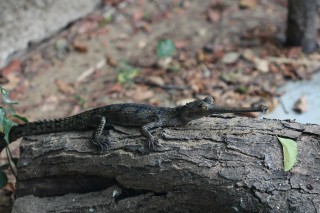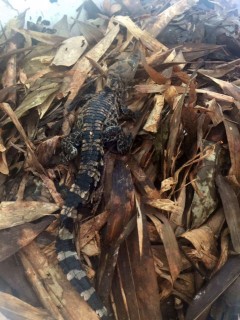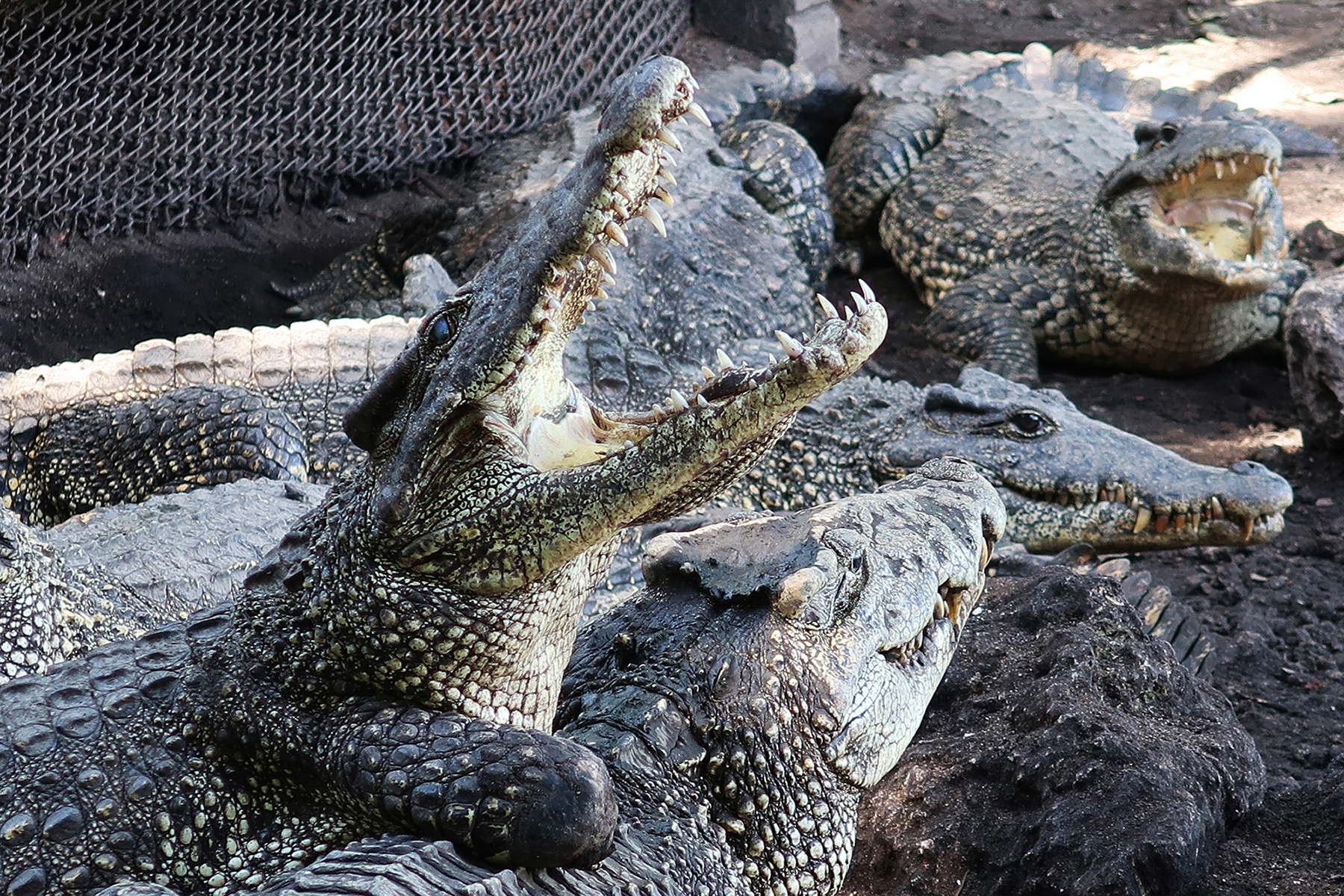
September 28, 2022
Tabaco, Ron y Rhombifer
- as seen by -
 Kelvin Alvarez
Kelvin Alvarez
Stretched over 3500 miles between the Gulf of Mexico and the Atlantic Ocean is the Caribbean’s largest island nation, Cuba. It is notable for its rich cultural history and biodiversity. Travelers are allured by the smell of hand-rolled cigars and are untroubled with freshly made cocktails. Herpetologists are captivated by endemic wildlife. For me, one species captured my heart and inspired a quest for knowledge – the Cuban crocodile (Crocodylus rhombifer).
Cuban crocodiles are medium-sized crocodilians ranging from six to eight feet in length. Larger males have been reported at 11 feet in length weighing in at over 400 lbs. Although not the largest of crocodilians, the Cuban crocodile is one of the most dangerous – fearless, intelligent, agile, and powerful. It is one of two crocodilian species found in Cuba, and the only endemic crocodile; the other is the American crocodile (Crocodylus acutus). The International Union for Conservation of Nature (IUCN) has listed the Cuban crocodile as Critically Endangered due to illegal hunting, habitat modification, climate change, and hybridization with the American crocodile (Crocodylus acutus).
Cuba’s Zapata peninsula, located 100 miles southeast of Havana, is an immense biosphere. It is home to over 1100 known plant and vertebrate species and over 1000 known invertebrate species. The Wildlife Conservation Society and the American Museum of Natural History have contributed to the crocodile breeding and genetic work being done in Cuba since the early 1990s. In August of 2018, I was given the opportunity to join other Association of Zoos and Aquariums (AZA) institutions on a collaborative trip to the Zapata Crocodile Farm (ZCF), above. ZCF has been managing Cuban crocodiles and American crocodiles since 1959. Today, they have a genetically pure population of Cuban crocodiles, with the goal of conservation breeding for reintroduction into the Zapata Swamp.
On this trip, I took part in preliminary health evaluations of adult Cuban crocodiles housed at ZCF. We also explored various incubation techniques for Cuban crocodile eggs at the farm. Climate change plays a substantial role in the sex determination of many reptiles. We strategically came up with a plan to hatch and raise both male and female Cuban crocodiles for reintroduction into the Zapata Swamp.
With much more work to be done in the future, I ruminate while sipping some rum and savoring a Cuban cigar.
EDITOR’S NOTE: To celebrate National Hispanic Heritage Month, Wild View is featuring posts on their contributions that continue to enrich science and conservation.




Leave a Comment